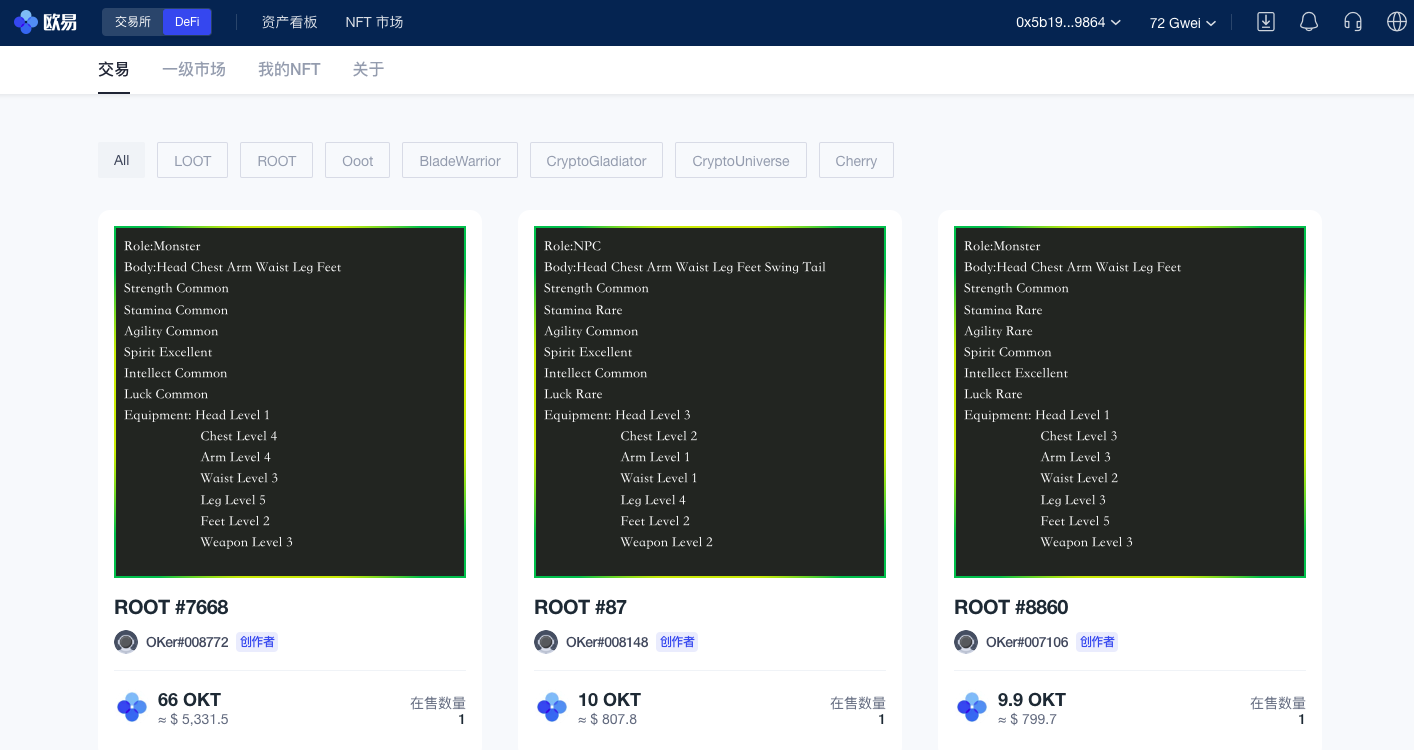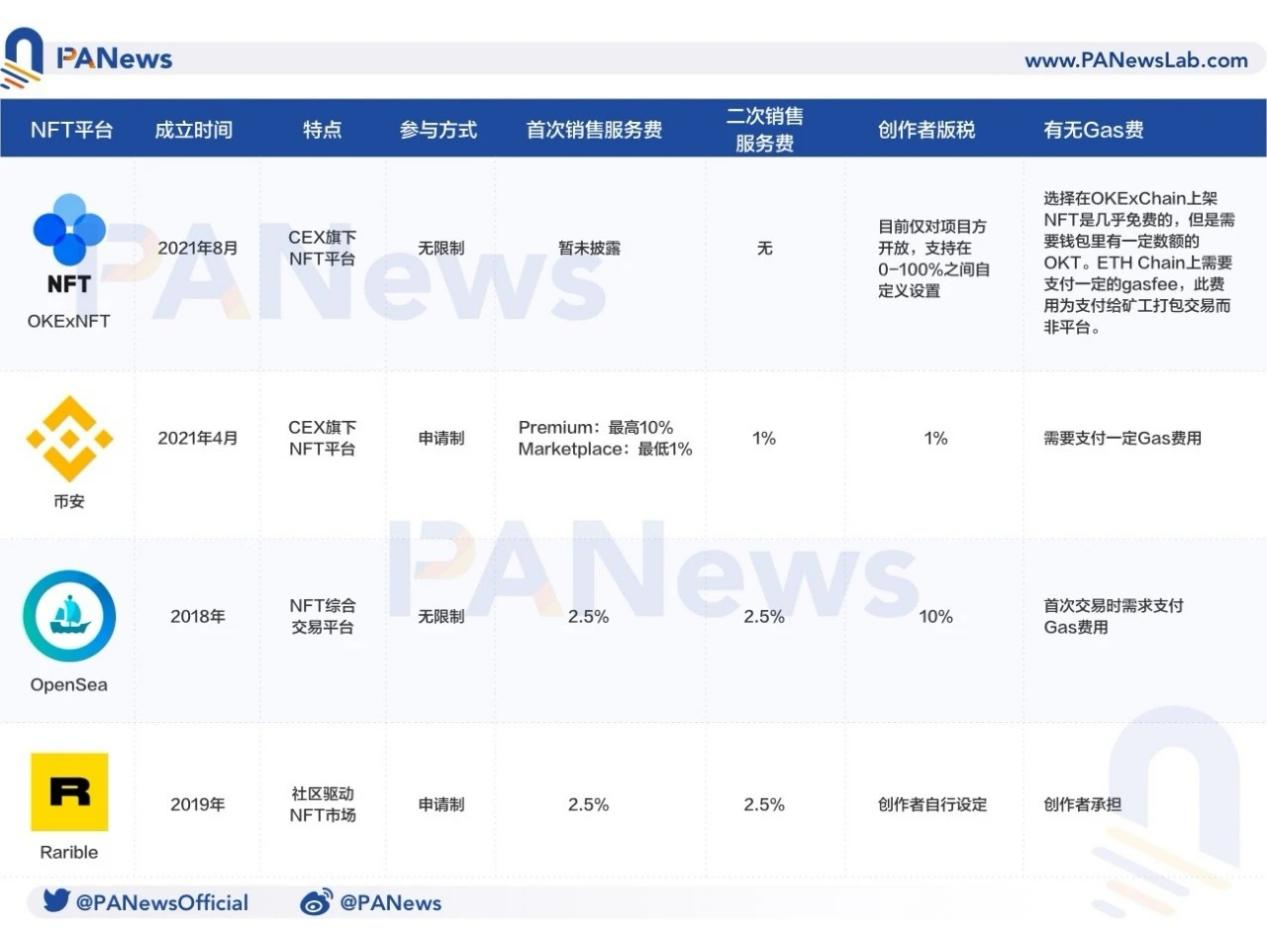From last year's "DeFiSummer" to this year's "NFTSummer", the decentralized world based on blockchain has risen rapidly, and the wealth creation effect is remarkable.
However, under different blockchain networks, user assets are scattered and difficult to view and manage. At the same time, the explosion of NFT has raised the threshold for participating in the decentralized world, and most users are blocked from the door due to high gas fees and other issues.
Is there an aggregation portal that allows users to enter the decentralized world with a low threshold and manage their own assets efficiently?
The answer is yes. On September 13, Ouyi OKEx officially launched DeFi Hub, aiming to provide users in the decentralized ecosystem with complete and powerful one-stop services and deeply participate in the construction of the decentralized ecosystem.
secondary title
Asset Kanban: One interface to play DeFi
During the outbreak of DeFi, various public chains were born, and DeFi protocols based on the public chains also emerged in an endless stream. According to DappRader statistics, as of September 13, there are more than 50 DeFi agreements with a lock-up volume of more than 100 million US dollars.
In actual operation, users often hold assets in multiple blockchain networks and participate in DeFi mining. Even under the same network, they may have multiple wallet accounts at the same time. As a result, users not only need to frequently log in to the official websites of various DeFi projects, but also constantly switch blockchain networks and wallet accounts, which is time-consuming and laborious, and lacks a comprehensive understanding of the overall assets.
In response to these pain points, Ouyi OKEx DeFiHub launched the asset kanban function, which provides multi-chain, multi-wallet, and multi-asset management functions, and supports users to track asset portfolios of multiple public chains and different DeFi protocols on one interface.

For example, if you are mining on Ethereum and OEC at the same time, when you enter the asset dashboard page, you can clearly see the wallet balance and DeFi mining income. Not only that, but your NFT collections on each chain are also clear at a glance.
secondary title
NFT market: NFT trading platform with low threshold
While serving DeFi users, OKEx DeFiHub also focuses on the hot NFT market.
According to incomplete statistics, the transaction volume of NFT on the chain in the first half of the year has exceeded 2.5 billion US dollars, which is 16.67 times of the transaction volume for the whole year of 2020. This means that NFT successfully took over DeFi and became the biggest outlet this year. During this period, many first-tier brands, football stars, and singers have entered the game one after another, and even domestic and foreign technology giants such as Visa, Ali, and Tencent are also accelerating their entry.
Under the huge wealth effect, early players made a lot of money. However, the problem of lagging NFT infrastructure construction has become more and more prominent, preventing large-scale incremental users from entering the market. Take OpenSea, the most well-known NFT trading platform in the industry, as an example. The platform is mainly deployed on the Ethereum network. Each transaction not only costs hundreds of dollars in chain handling fees, but also pays a 2.5% service fee.
In addition, due to network performance limitations, users often encounter lagging and delays when creating or trading NFTs on platforms such as OpenSea, resulting in a poor user experience. Although there have been NFT markets based on high-performance public chains on the market, the services provided are often limited and cannot meet the growing and diverse needs of users.

The launch of the Ouyi NFT market provides the possibility to solve the above problems. First of all, it not only supports NFT asset transactions on the Ethereum network, but also supports high-performance public chains such as OEC, which provides users with rich NFT assets while reducing their participation costs; secondly, any user does not need to pay any fees when trading on the platform. service charge.
For example, if you hold an NFT on the OEC network, you only need to pay a gas fee of about US$0.02 for each transaction; if you hold an NFT on the Ethereum network, you can also sell it on the OEC NFT market, except In addition to paying a certain Gas fee to the Ethereum network, there is no need to pay the secondary sales service fee to the platform.
The well-known industry media PANews has analyzed the Ouyi NFT platform. According to PANews, compared with existing NFT trading platforms such as OpenSea, Ouyi NFT market has outstanding advantages, as follows:

In a nutshell, the Ouyi NFT market has both primary and secondary market functions, which not only lowers the threshold for users to participate, but also gives creators greater flexibility in generating income. It is expected to reshape the competitive landscape of the NFT market and become the largest gathering place for NFT resources .
epilogue
epilogue
From the perspective of product functions, Ouyi OKEx DeFi Hub focuses on both DeFi and NFT tracks to meet the needs of users to deeply participate in the construction of the decentralized ecosystem, and lower the participation threshold from multiple levels to improve the participation experience.
At present, although there are similar tools on the market, their functions are relatively single, or they are limited to product aggregation in the DeFi market, or limited to trading services in the NFT market. It is difficult to meet the needs of users to participate in the DeFi and NFT ecosystems at the same time.
In contrast, Ouyi OKEx DeFi Hub can provide a more complete and powerful one-stop service, and it is expected to build the first stop leading to the decentralized world in the future.
For more details, please check Ouyi OKExDeFiHub official website: https://www.ouyi.run/defi